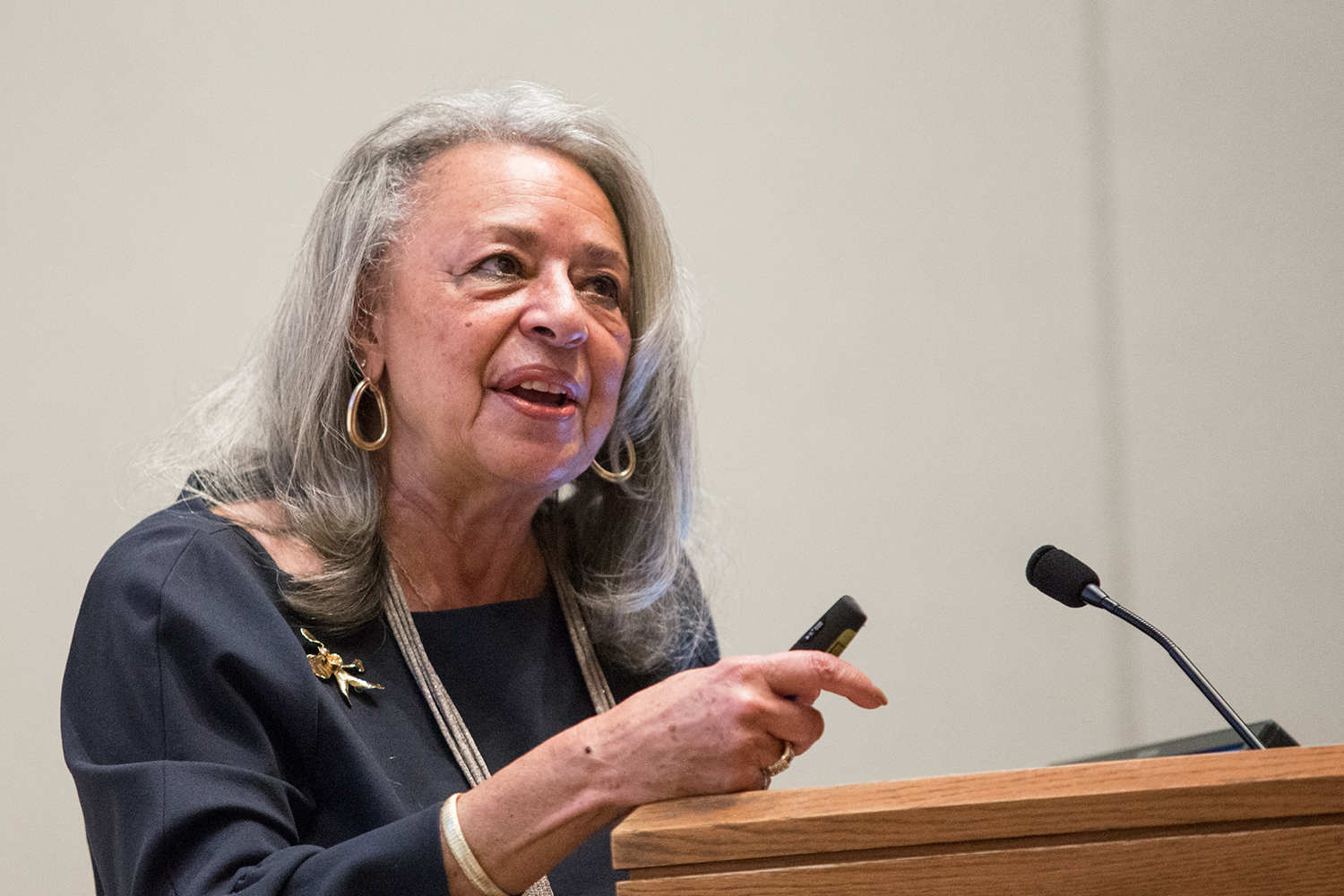The purpose of the Library’s Strategic Plan for Inclusion, Diversity, and Equity is to translate the University’s ideals of inclusion, diversity, and equity into action, addressing injustices that began with using enslaved labor to build and maintain the University, but didn’t end with the abolition of slavery.
UVA’s founder, Thomas Jefferson, was both a promoter of enlightenment values and a practitioner of slavery on his Monticello and Poplar Forest plantations. He conceived of this university as an aspirational and idealistic moral and intellectual community, but it was built and maintained with the forced labor of African American men and women—some his own offspring—for the exclusive use of white male students and faculty.
In 1938, the University named its new research library for Edwin Alderman, the University’s first president (1904–1931). Alderman had championed the effort to build a modern research library—an effort directly related to his efforts to establish UVA as a modern research university—by hiring faculty who specialized in eugenics, a racist pseudo-science fashionable in the 1930s. Dr. Harvey Jordan, Dean of the School of Medicine from 1939-1949, established the University’s reputation as a leading southern university in eugenics research. In 1972, the School of Medicine named its new medical facility for him.
In 2016, though, Jordan Hall became Pinn Hall, and now commemorates Vivian Pinn, a 1967 alumna, the only woman and only African American in her class. Pinn went on to become the first director of the Office of Research on Women’s Health at the National Institutes of Health. There were other name changes in 2017 as well. A new Facilities Management administrative building was named for a formerly enslaved laborer, Peyton Skipwith. A new residence house was named for an enslaved couple, William and Isabella Gibbons, who worked for different professors who lived on the Lawn. Lewis House, the International Residence College, was renamed to commemorate Yan Huiqing (also known as W.W. Yen), the first Chinese student to graduate from the University.

Historical names convey values, and that’s important, but the University has made other important strides over the last half-century as well:
- Admitting African American students in the '60s and women in the '70s
- Creating an Office of African-American Affairs
- Establishing the Office of the Vice-President and Chief Officer for Diversity & Equity
- Creating a Commission on Slavery & the University
- Establishing a Multicultural Student Center
- Appointing a Commission on Segregation & the University
Libraries and Diversity
A snapshot of UVA’s Diversity Dashboard in 2017 showed that all racial and ethnic minority groups in the Library, taken together, comprise less than 17 percent of the Library staff.
Almost immediately after John Unsworth assumed the duties of University Librarian and Dean of Libraries in 2016, he enrolled the University Library in the Diversity Alliance of the American College & Research Libraries (ACRL). He created a position, Director of inclusion, Diversity, and Equity (IDE), that reports to him, advises senior leadership on IDE policy and programming, and coordinates with peers in other units on grounds, as well as with University Human Resources, the office of Equal Opportunity & Civil Rights, and the office of the Vice President & Chief Diversity Officer. Although IDE positions are common in academic units, they’re not nearly as common in libraries.
Our multi-pronged Inclusion & Diversity Plan targets six key areas:
- Improving cultural competency
- Recruitment, hiring, and retention
- Inclusive Library
- Pan-University partnerships
- Local, regional, and national outreach
- Research and scholarship
Read more about these six areas.
Where the Library Goes From Here
This Library’s Strategic Plan is not comprehensive; much work remains. The climate of academic departments does not change overnight and lasting change will be slow and steady. However, we believe we have begun to bend the lines of change in a positive direction.
